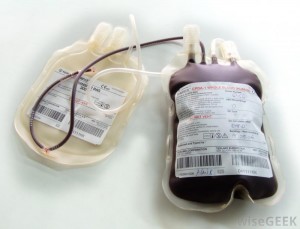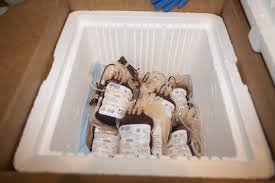Project Background
Since the past few months, we’ve been working with Vanderbilt University Medical Center (VUMC). And Dr. Booth, our advisor, which is also the VUMC representative had addressed the concern of how they have been dealing with huge amount of money loss every year due to mishandling of blood products, specifically red blood cells, platelets and fresh frozen plasma. The “mishandling” term here means the mistake that happens when they transfer the blood product in and out of cooler. As you can see, the conventional cooler only has one compartment, which lead to mixing of blood products. The chance for human error to happen increases when these blood products are used during chaotic situation like blood transfusion or surgery.
Platelet and red blood cells
Conventional cooler
In year 2011, it was reported that almost 70,000 units of platelet alone had gone wasted, which in total cost about 110 million dollars. Now, you get the idea of how much money that hospitals are losing every year.
Hence, we as a team came out with an idea to design a smart system that should be able to:
I. Automatically detect types of color-coded blood products and sort them into their specific compartments.
II. Also, our system should be able to accurately dispense blood products when they are requested.
III. In addition to that, we aimed our design to be user-friendly so people can access it easily.
We need to sort blood products into specific compartments because each blood product has its specific storage temperature. For example, fresh frozen plasma or FFP needs to be stored in between 20-24C which is room temperature, while red blood cells on the other hand need to be kept in between 1-6C which is much much cooler. This differences in storage temperature serves as the main limitation for our design. Hence, while designing this system, we always kept in mind that it is very important to store the blood products separately in order to maintain their viability.
This system can be be further improved for better validation before it can be used to replace the conventional cooler. Visit our “Project Evolution” tab for more details on our prototype.



©2024 Vanderbilt University ·
Site Development: University Web Communications